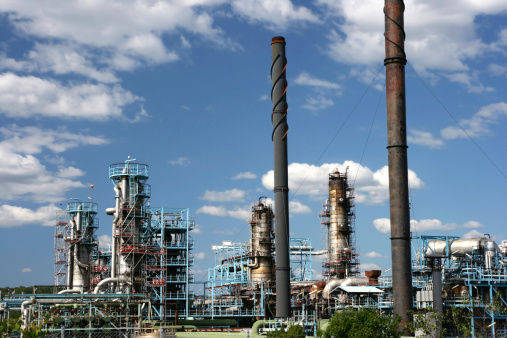 MANGALORE: Seven persons were injured, three of them critically, in an explosion in the steam-based captive power plant at the Mangalore Refinery and Petrochemicals Limited (MRPL) here on Friday.The injured were admitted to a private hospital.
MANGALORE: Seven persons were injured, three of them critically, in an explosion in the steam-based captive power plant at the Mangalore Refinery and Petrochemicals Limited (MRPL) here on Friday.The injured were admitted to a private hospital.
Around 5.30 p.m., a pipe burst under pressure, letting out steam and hot water. Of the five workers — under the contractor BHEL— who were working one floor above, one of them was scalded by the rising steam. Though the others fled, they suffered serious injuries to their palms.
Worker suffers second degree burns
The worker who was hit by the spray of steam – his name yet to be confirmed – fell off the second floor while he attempted to remove the safety buckle, said Alim Ansari, a worker from Jharkhand, who suffered second degree burns in his hand. A few workers who attempted to help the fallen worker were also scalded, he said.
Apart from Mr. Ansari, the injured have been identified as: Bipin (who has plastic surgery performed to graft the burnt skin), Nadir Ansari (also operated upon), Babulal (in Surgical ICU), Suryanarayan, Nadir, Jithendra (who were admitted to the general ward along with Mr. Ansari). Most of them are from Jharkhand and Uttar Pradesh.
Blast won’t hit functioning of refinery
According to MRPL Managing Director P.P. Upadhya, the blast occurred when efforts were being made to start the steam boiler of the captive power plant in MRPL’s phase-III. He said the Friday blast would not impact the functioning of the refinery. He said the power plant was partly commissioned in April this year, he said.
The commissioning of all the units under Phase III of the MRPL, which is expected to drive its business, depends on the functioning of the 110 MW power plant, which was to be ready by July last year but was commissioned “partly” in April this year. The goal was to enable MRPL commission its units at one go instead of in instalments.
Phase III expansion is to increase the processing capacity of the refinery by adding three MTPA (million tonnes per annum), and to upgrade low-value products into high-value products. It also aims at processing cheaper crude oil, and production of petrochemical feedstock such as propylene.

